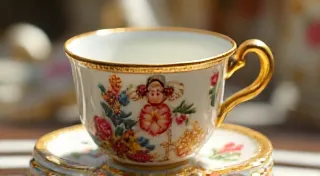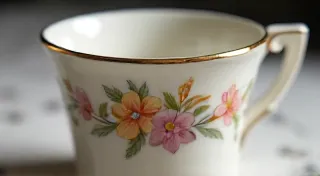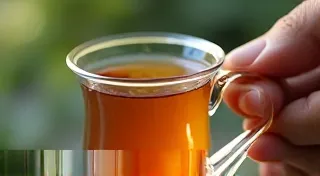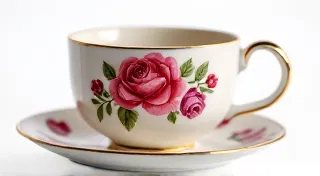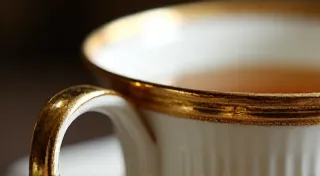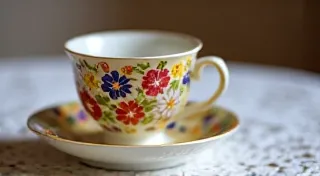Tea Cup Collecting: A Beginner's Guide
Welcome to the enchanting world of tea cup collecting! For those drawn to delicate beauty, historical significance, and a touch of elegance, antique tea cups offer a rewarding hobby. This guide will provide you with the foundational knowledge needed to begin your collecting journey. Whether you’re a complete novice or have already started amassing a small selection, we've got you covered.
Why Collect Antique Tea Cups?
Collecting antique tea cups isn't just about accumulating pretty objects. It’s about connecting with history. Each cup tells a story – of the people who used it, the events it witnessed, and the craftsmanship that created it. Antique tea cups represent a tangible link to the past and provide a fascinating glimpse into different eras and cultural trends. They also represent a good investment, as rare and well-preserved pieces can significantly increase in value over time. Understanding the subtle differences in materials, such as the distinction between bone china and porcelain, can also enhance your appreciation and informed collecting.
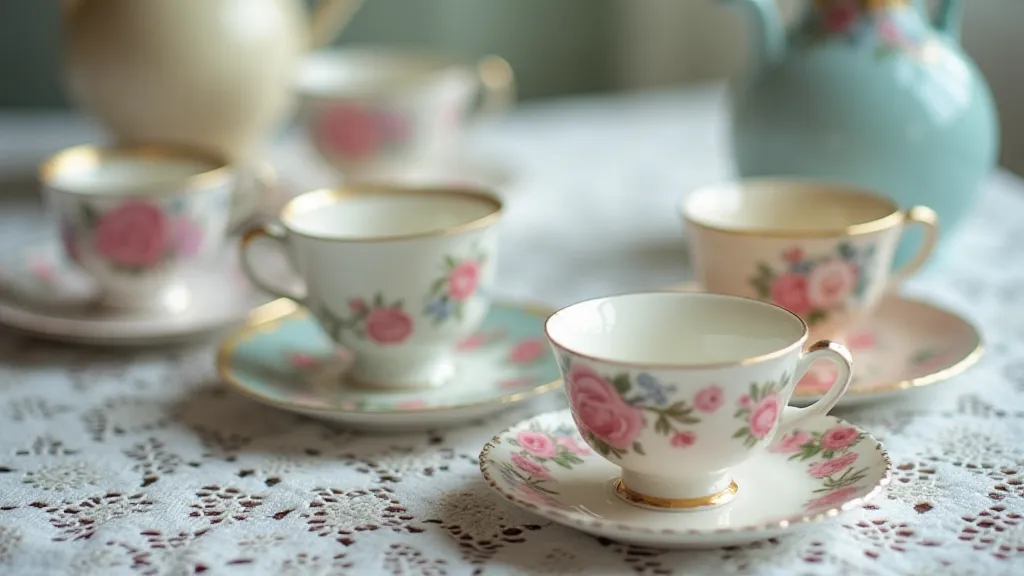
Understanding Tea Cup Components
Before you start hunting, familiarize yourself with the basic components of a tea cup set. Typically, a set includes:
- The Cup: The main vessel, shaped for drinking.
- The Saucer: The plate that accompanies the cup.
- The Teapot: While not always part of a set, many collectors seek matching teapots.
- Side Plates/Bread Plates: These can also be part of a larger set.
Understanding these components helps when identifying patterns and matching sets.
Identifying China Patterns
One of the most exciting aspects of collecting is identifying the patterns on your tea cups. This can be challenging, but rewarding. Here's a breakdown of what to look for:
- Shape & Style: Is the cup round, square, or oddly shaped? Does it have a flared rim or a more traditional shape?
- Decoration: What motifs are present? Flowers, landscapes, geometric designs, or figural scenes are all possibilities.
- Color Palette: Note the colors used – are they vibrant or muted?
- Markings: Look for manufacturer’s marks on the base of the cup. These marks can provide crucial information about the cup’s origin and age. (See the next section on “Reading Maker’s Marks”.)
Reading Maker's Marks
Manufacturer’s marks are your best friends when trying to identify your tea cups. These marks, usually found on the base of the cup, can be symbols, words, or a combination of both. They indicate the factory where the cup was made. Common manufacturers include:
- Royal Doulton: Known for their quality and beautiful designs.
- Wedgwood: Famous for their Jasperware and fine china.
- Shelley: Renowned for delicate floral patterns.
- Minton: Known for innovative techniques and artistry. Collectors often focus on Minton tea cups due to their rich history and distinctive style.
Researching these marks online or using collector's guides will help you decipher them. Remember that marks can change over time, so a mark alone isn't always definitive.
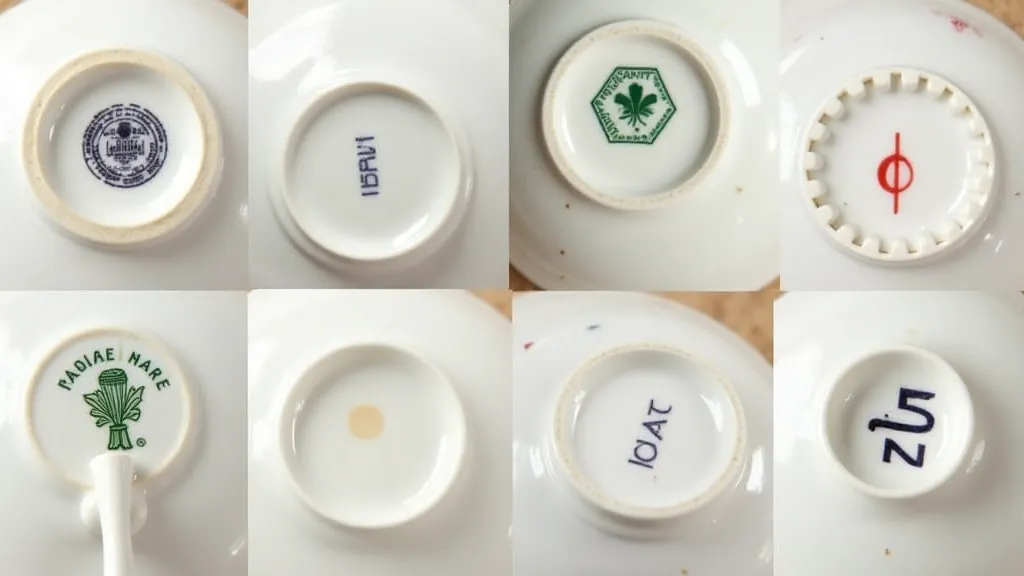
Building Your Collection
Now, the fun part: building your collection! Here are some tips:
- Start with a Focus: Do you want to collect a specific manufacturer, pattern, or era?
- Attend Antique Shows and Fairs: This is a great way to find unique pieces and talk to dealers.
- Browse Online Auction Sites: But be careful - research thoroughly before bidding.
- Join Collecting Communities: Connect with other enthusiasts for advice and shared knowledge.
- Handle with Care: Antique tea cups are fragile. Handle them gently and store them carefully.
Many enthusiasts are drawn to the elegance of Art Deco designs. If that's your inclination, exploring Art Deco tea cups can open up a fascinating world of geometric shapes and luxurious details.
Caring for Your Antique Tea Cups
Proper care is crucial to preserve the value and beauty of your antique tea cups. Here are some essential tips:
- Gentle Cleaning: Hand wash with mild soap and lukewarm water. Avoid harsh detergents.
- Avoid Abrasives: Never use abrasive cleaners or scrub brushes.
- Dry Carefully: Dry thoroughly with a soft cloth.
- Proper Storage: Store tea cups wrapped in acid-free tissue paper, cushioned between layers.
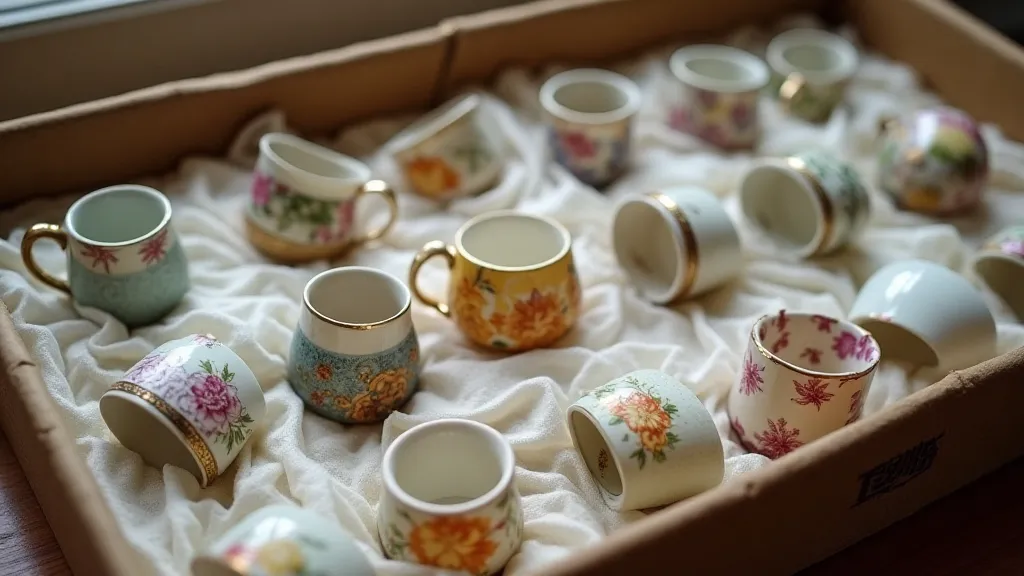
Resources for Tea Cup Collectors
There are many resources available to help you on your collecting journey:
- Collector's Guides: Several books are dedicated to identifying china patterns and manufacturer’s marks.
- Online Forums and Communities: Connect with other collectors and share your discoveries.
- Antique Dealers and Experts: Seek advice from experienced professionals.
Expanding your knowledge is key to a successful collection. Understanding the history and craftsmanship behind these pieces adds a whole new dimension to the hobby. For example, tracing the lineage of Royal Albert's Old Country Roses is a popular pursuit among collectors. Consider delving into the variations and authenticity issues of Royal Albert Old Country Roses to enhance your expertise.
The world of antique tea cups is more than just pretty patterns and delicate porcelain; it's a journey through history, artistry, and a touch of elegance. It's about appreciating the stories behind each piece and the dedication of the artisans who created them. From understanding the intricacies of bone china versus porcelain to recognizing the hallmarks of renowned manufacturers like Wedgwood and Minton, every discovery deepens the connection to this fascinating hobby. As your collection grows, remember to handle your treasures with care and share your passion with fellow enthusiasts. The shared knowledge and appreciation within the collecting community are invaluable resources, providing insights and inspiration that enrich the journey. So, embrace the charm of antique tea cups, and allow yourself to be transported to a bygone era of grace and sophistication. Happy collecting!
